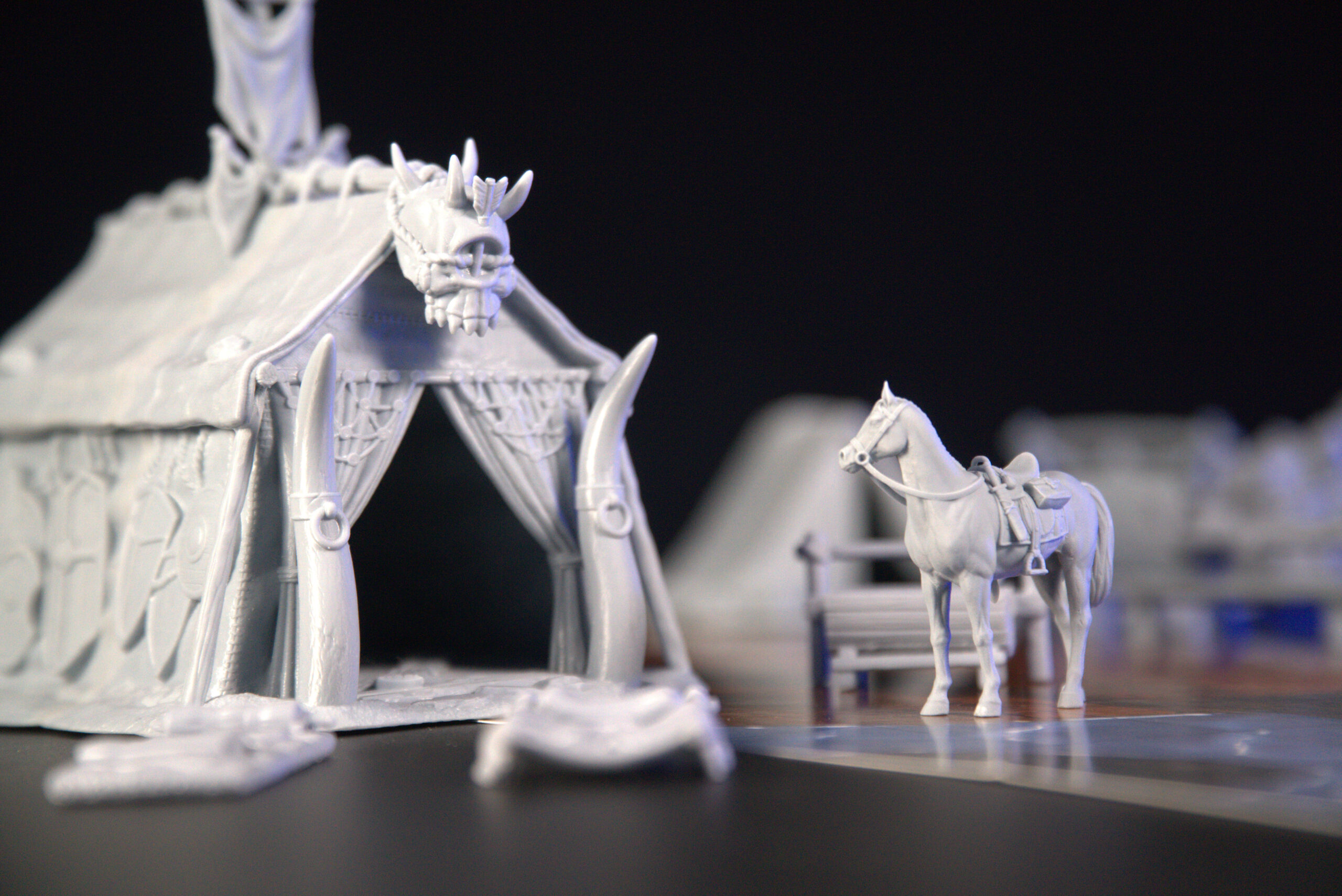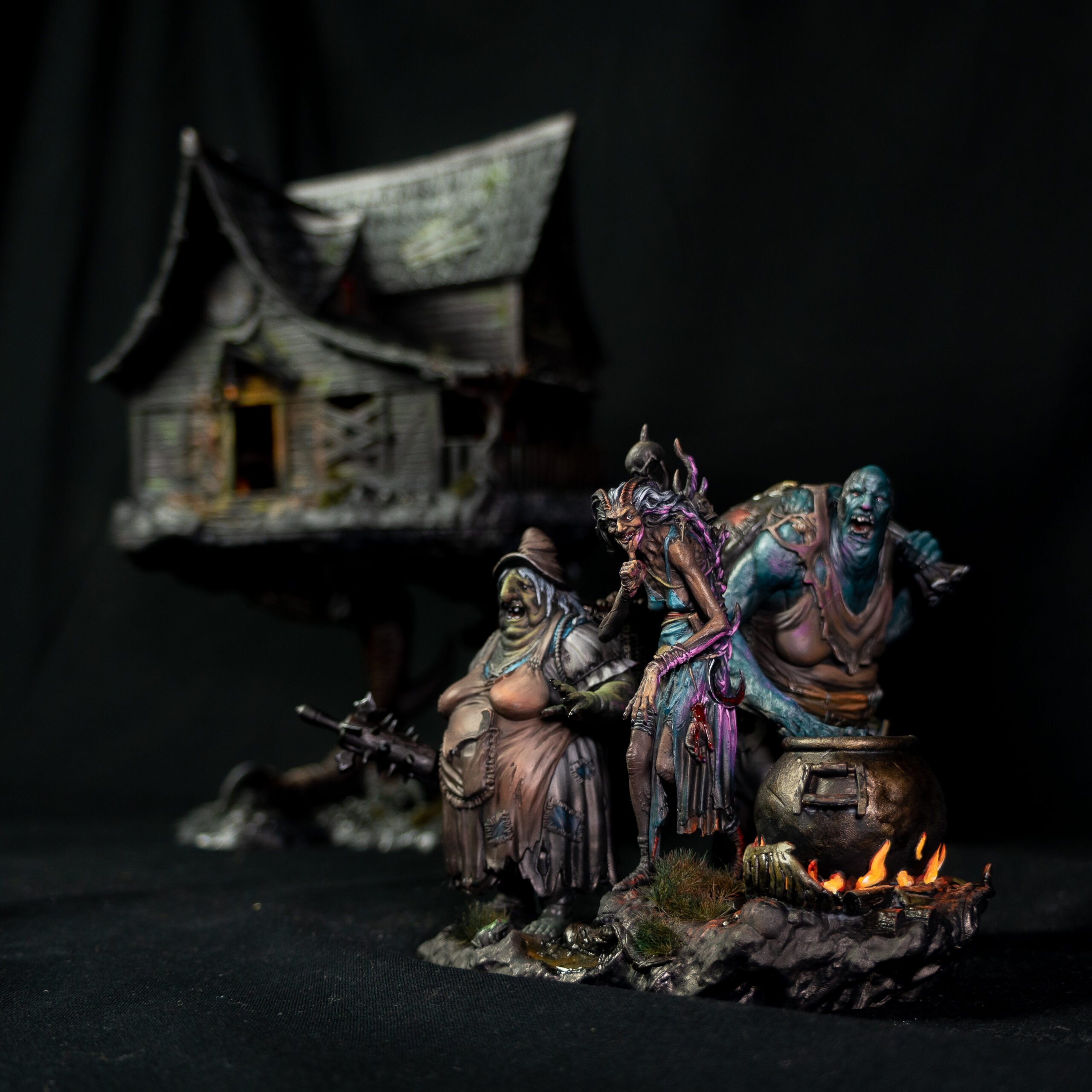Starting the 3D Printing Hobby
You Decided to Get a Resin 3D Printer. Now What?
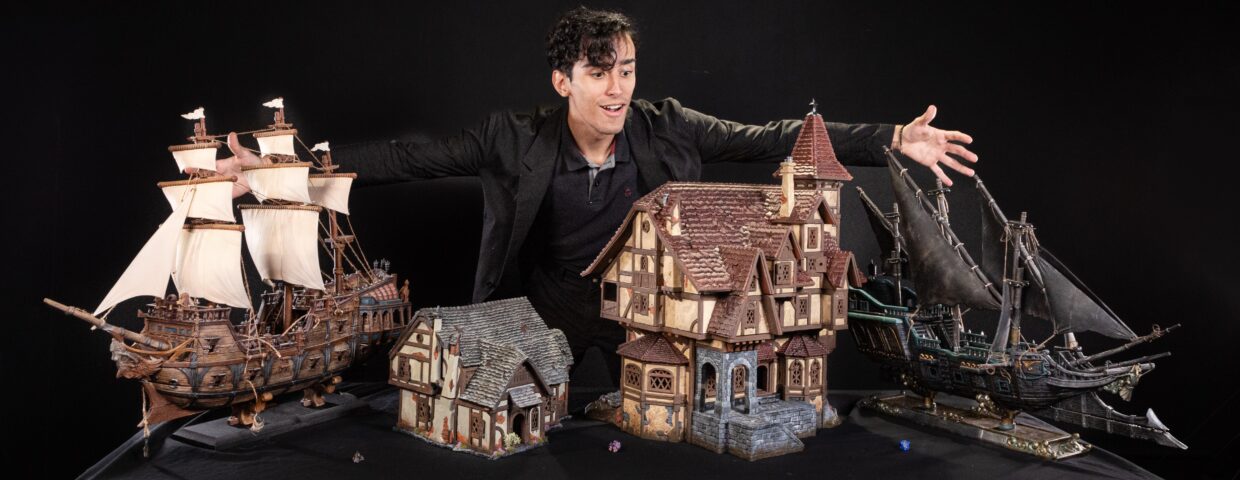
There Are Too Many New Things to Do. That Is Good.
Welcome! This post aims to guide you through the very first steps of what to consider when starting the 3D printing hobby. It’s important to know that there is a learning curve into this activity, but in a few days the basics can be mastered, and in a few weeks you’ll be set up to successfully print and finish your miniatures with very occasional mishaps. Resin 3D printing is harder to do right compared to filament printing, however, the results are on another level. Some of the very best filament printers can barely produce pieces with a resolution that most entry-level resin machines can do with ease.
With that in mind, let’s make some things clear first: it’s not as simple as plug-and-play. There are important steps to be taken regarding both your printer and prints to ensure your safety and many years of gorgeous miniatures without much suffering. There’s still a bit of suffering, though, as the process of fine-tuning your printer and files takes a couple of minutes between each iteration. You need to wear some PPE (personal protection equipment), which includes a respirator, gloves and goggles. Your printer has to be in a well-ventilated place, and it’s smart to set up a washing/curing station right next to the printer, to keep your contact with unfinished prints as short as possible. We have a more thorough article on that matter *wink wink*.
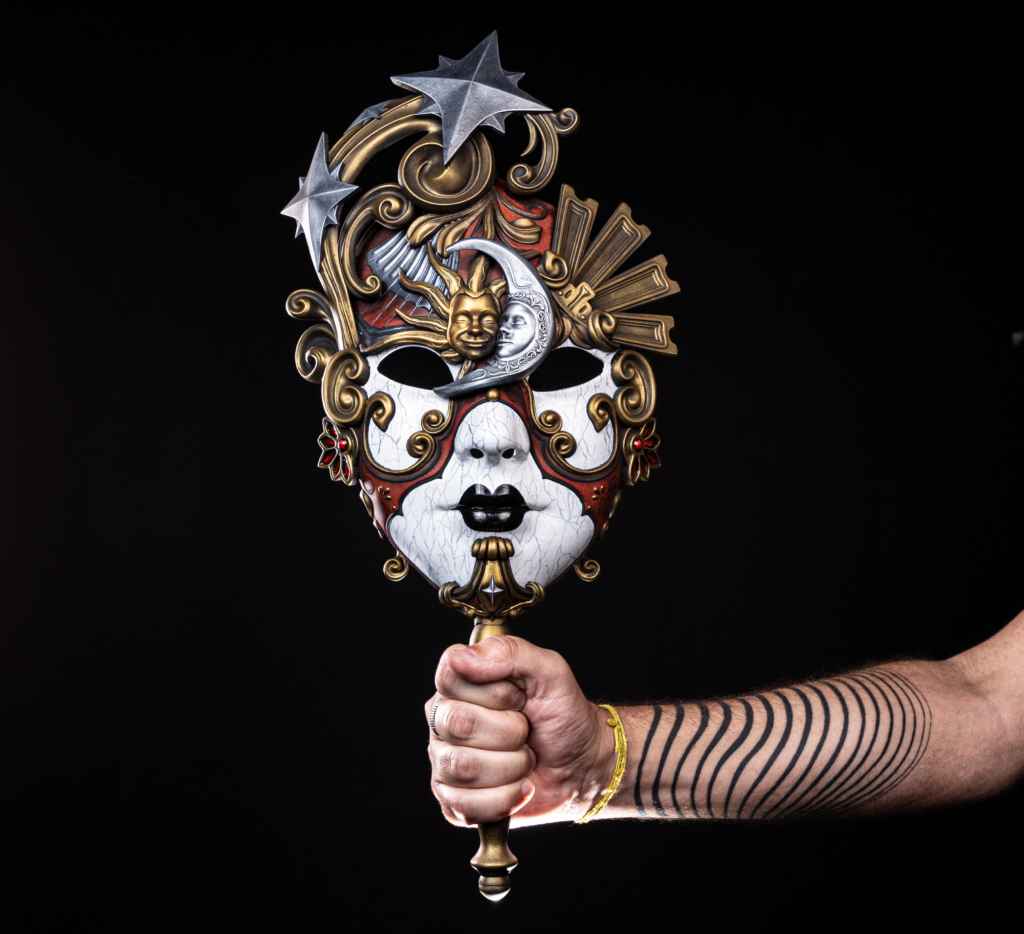
Grown-up Talk Out of the Way. Time for the Fun Part.
Most important things first: your printer and your preferred resin. These depend mainly on what kinds of things you wish to print and how often you’ll be doing that. Start small if you’re too unsure – you can get the satisfaction of growing with your printer later on. We also have articles with recommendations for different budgets and features.
You’ll then need the files to be printed and a slicer software – what actually translates the digital information onto instructions for your 3D printer. After the software fundamentals are learned, you get the very basics out of the way. The oversimplified pipeline is file -> slicer -> printer -> curing, so, in theory, you’re ready to start 3D printing with resin.
Fine Tunings and References
Knowing how to operate a printer is good, but doing so with few mistakes is better. It’s in this stage we recommend you learn model orientation, build-plate leveling, support positioning and other adjustments that change for each case. That’s where you tinker with printing speeds, exposure times and model sizes – while keeping in mind that this could all change between printer and resin bands.
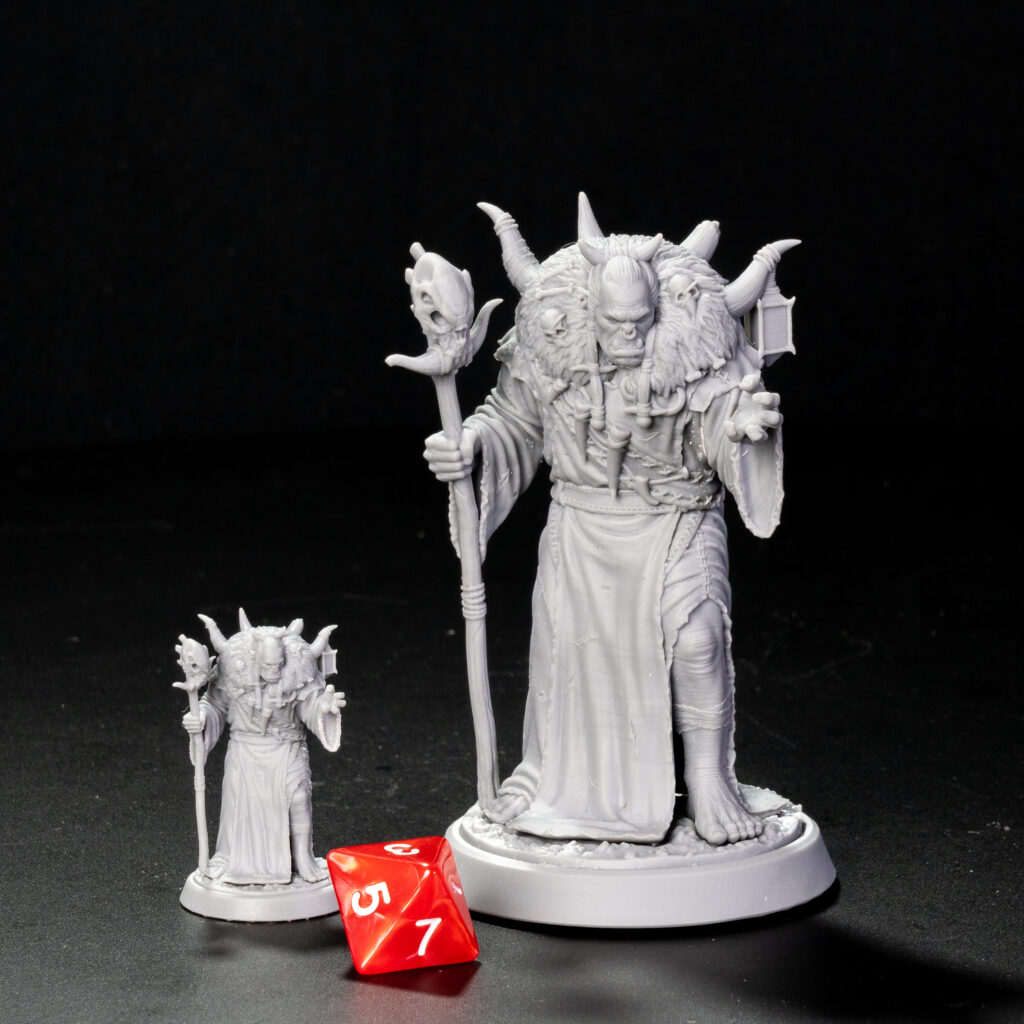
While the blog posts aim to be a good base for learning about printing, painting, and playing (ha!), you may also check Loot Studios’ Youtube channel, which covers many more topics and can lend a visual aid where pure text could fall short. I’d also recommend the self-explanatory 3D Printing Minis and The Creative Collector, that touch on topics that can be useful and may not be glossed over in streamlined tutorials.
With all these in mind… Start learning!
Loot Studios can help you print highly detailed minis, statues and props. Choose your favorite bundle from our previous releases or sign up for Fantasy or Sci-Fi to receive a new bundle every month. You can also check out some tips at our YouTube Channel.


